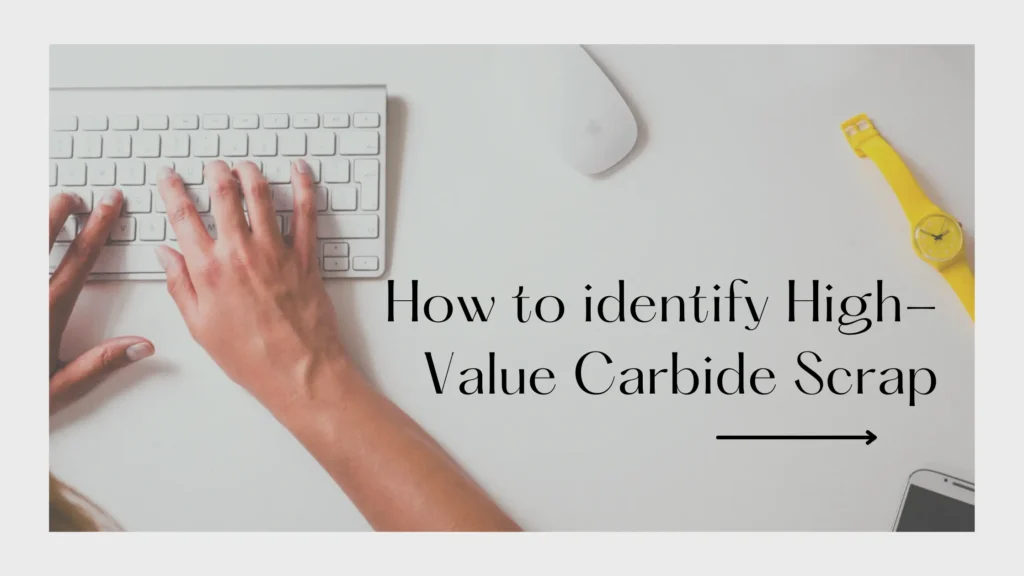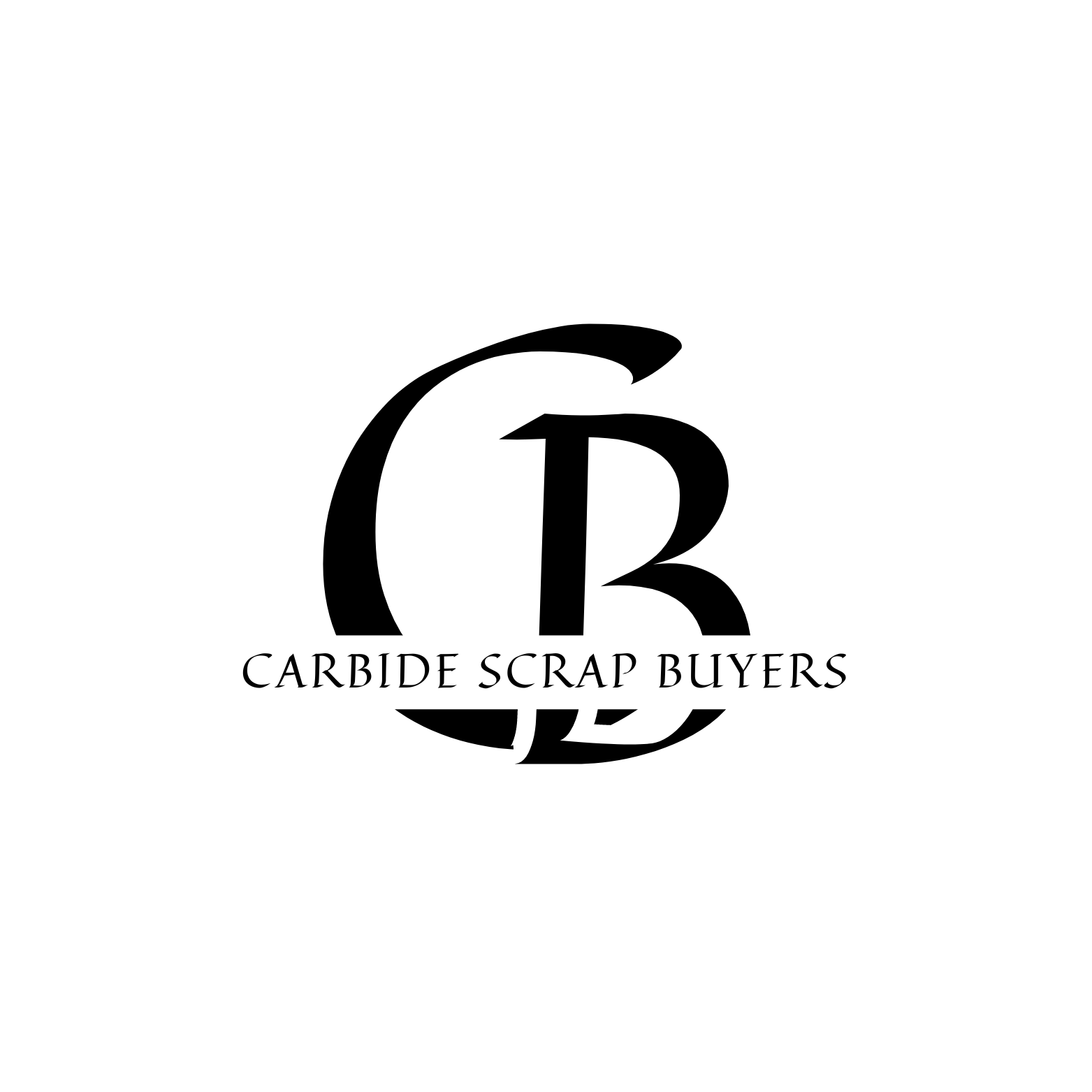
Carbide scrap is highly sought after due to its significant tungsten content, making it a valuable material in the recycling market. Whether you’re looking to sell or recycle carbide scrap, knowing how to identify high-value pieces is crucial for maximizing your returns. This article will guide you through the key factors that determine the value of carbide scrap and how to identify the most profitable pieces.
Understanding Carbide Scrap Composition
The primary factor in determining the value of carbide scrap is its material composition. Tungsten, the main component in carbide, is a dense and valuable metal. High-grade carbide scrap typically contains between 70% to 97% tungsten. The higher the tungsten content, the more valuable the scrap.
One simple way to assess tungsten content is by using a magnet. Non-magnetic carbide scrap usually indicates a higher tungsten content. Magnetic properties can signal the presence of other metals, which might lower the scrap’s value.
Types of Carbide Scrap
Carbide scrap comes in various forms, and the type of scrap you have can significantly impact its value. The most valuable types include:
Clean Carbide: This includes used tools like inserts, end mills, drills, and other similar items that are free from any coatings or impurities. Clean, uncontaminated carbide scrap is highly desirable and fetches higher prices.
Carbide Sludge or Powder: This form of carbide scrap is less valuable due to contamination and lower tungsten content. Sludge or powder typically requires more processing, which can reduce its overall value.
Carbide with Brazed Material: This type of scrap includes carbide tips that are attached to steel or other materials. The presence of brazed materials reduces the value of the scrap since it requires additional processing to separate the tungsten.
Physical Condition of the Scrap
The condition of the carbide scrap also plays a vital role in determining its value. Here are some factors to consider:
Uncontaminated Scrap: Ensure that the carbide scrap is free from oil, dirt, and other contaminants. Clean, uncontaminated scrap is more desirable to buyers and can command higher prices.
Intact Tools: Larger, intact carbide tools are often more valuable than smaller, fragmented pieces. Whole tools require less processing and are easier to recycle, making them more attractive to buyers.
Weight and Volume Considerations
Carbide is a dense material, meaning that even small quantities can be valuable. However, the value of carbide scrap can increase with bulk quantities. Large amounts of scrap are often easier to process and sell, which can lead to better pricing.
Market Demand and Pricing
The value of carbide scrap is also influenced by the current market demand for tungsten. Tungsten prices can fluctuate based on various factors, including supply and demand dynamics, geopolitical events, and global economic conditions. Staying updated with current market prices can help you determine the best time to sell your scrap.
Additionally, different buyers may have specific preferences for certain types of carbide scrap. It’s essential to research potential buyers to find the best price for your specific type of scrap.
Professional Assessment
If you’re uncertain about the quality or composition of your carbide scrap, consider having it tested by a professional. Testing can accurately determine the tungsten content and overall value of the scrap. This information can be invaluable when negotiating prices with buyers.
Record Keeping and Documentation
Maintaining records of where and how you obtained your carbide scrap is crucial. Proper documentation can verify the quality and legality of the scrap, making it more attractive to potential buyers. Records also help in tracking market trends and making informed decisions about when to sell.
Conclusion
Identifying high-value carbide scrap requires a keen understanding of material composition, physical condition, and market demand. By focusing on clean, uncontaminated, and high-tungsten content scrap, you can maximize your returns. Regularly updating yourself on market prices and buyer preferences, along with professional assessments, can further ensure you get the best value for your carbide scrap. Whether you’re selling in bulk or small quantities, following these guidelines will help you navigate the carbide scrap market successfully.
